“The battles that count aren’t the ones for gold medals. The struggles within yourself — the invisible, inevitable battles inside all of us — that’s where it’s at.” — Jesse Owens
After years of training and dedication, American athletes have been competing on the world stage in Beijing, China, through the Winter Olympics in front of a communist regime that is openly competing with the United States — not only in athletics, but for social, economic, political and military prowess — to be the top superpower.
Eighty-six years ago, during the beginning of German aggression in Europe, Jesse Owens, an African American track-and-field standout athlete competed in the 1936 Berlin Olympics. In front of fascist powers that were bent on expanding their national power, this Alabama native was a highly regarded runner for the United States. In front of Adolf Hitler, Owen received cheers and along the way he shattered the myth of the Aryan race and the racial superiority of the Nazi regime.
Known as the Buckeye Bullet from his competitive days running at Ohio State, Owens won four gold medals and gained the respect of the global community that was on the brink of World War II. During the games, a fatigued Owens was told with Ralph Metcalfe to replace Marty Glickman and Sam Stoller in the 400-meter relay race.
At first, Owens was reluctant to run, he was tired, and believed that these men had the ability to win this race for America. While he continued to succeed at these games, he believed in the ability of these runners that had faced anti-Semitism at home and during these games. The American track-and-field athletes won 11 gold medals, six of them were earned by African American athletes.
Owens confidently represented the character and pride of the United States in front of the Germans, whose government sponsored racism and hatred toward minority groups. But when he arrived home, through the long-standing policy of segregation he was unable to gain the same rights as white citizens until the Civil Rights Act of 1964 and Voting Rights Act of 1965 were passed.
Rosa Parks
Another native of Alabama that changed the scope of civil rights was Rosa Parks. While she was traveling home by bus in 1955 from her job at the Montgomery Fair Department Store, several Black people were told to leave their seats to make enough room for white riders. Parks refused to stand with the other Blacks, where she defiantly remained seated to oppose the unfairness of segregation. Like other Black citizens who lived in Alabama, she observed the fire department use of hoses to push back civil rights demonstrators, the police using German Shepherd dogs to assault crowds of protesters, and the use of force to physically carry away Blacks who were engaged in sit-ins that were waged at segregated areas such as restaurants, park benches and local businesses.
By refusing to leave her seat, Parks broke the Jim Crow segregationist laws, was photographed as she was arrested, fingerprinted and sent to jail. Her name has become synonymous for people of all backgrounds to oppose widespread civil rights abuses that have been seen within the United States.
In 2012, at the Henry Ford Museum in Dearborn, Michigan, President Barack Obama (D) sat in the original bus seat and reflected on the strength of this little woman who was a giant toward the cause of civil rights.
Thurgood Marshall
In 1908, Thurgood Marshall was born in Baltimore, Maryland, to a mother who was a teacher and a father who was a railroad porter. At an early age, his father took him to local courtrooms to observe the legal procedures for the defense and the prosecution of local cases.
As he grew older, Marshall was concerned about the high death rate of African Americans within the streets of Baltimore and how Blacks were defended in the court of law. He was an outstanding student in high school and attended the African American equivalent to Princeton University at Lincoln University near Oxford, Pennsylvania.
While he was a brilliant student, Marshall enjoyed his social life and saw some trouble through a hazing incident within his fraternity. He realized the necessity of being more dedicated to his studies, as he joined the debate club and began to see law as his future calling.
During his college years Marshall lived through the tribulations of segregation, where he helped desegregate a local movie theater. Once he graduated, he began his pursuit of attending law school, but he was denied his first choice of University of Maryland Law School.
Through the unjust racial policies of this prominent school, he was refused admission to attain this degree, since he was Black. As a married student, Marshall graduated as a valedictorian at Howard University School of Law in Washington, D.C., and later turned down the chance of attending Harvard University to begin his own law office in East Baltimore.
This emerging legal icon was interested in gaining positive changes to the civil rights laws that prevented the growth of rights for African Americans. Marshall was known for his devotion to fight against police brutality, unfair practices of landlords, and he also supported labor organizations and businesses.
Always with an eye toward helping others, he had two key cases that saw him fight for the rights of Blacks against segregation. First, he opposed the unfair “separate but equal” parts of the GI Bill that limited the rights African American veterans that served within every component of the Armed Forces at home and overseas during World War II.
In 1952, he fought against the government to overturn the segregationist policies that were established within the American educational system.
After excelling within many government legal positions, in 1967 President Lyndon Johnson (D) nominated Marshall to become the first African American associate justice on the U.S. Supreme Court. He was a legal pioneer who always looked forward to change, through the positive beliefs that all Americans were able to get ahead in the United States, where they should receive all of the rights of the constitution.
Aretha Franklin
All I’m askin’ is for a little respect when you come home (just a little bit)
The legendary lyrics of “Respect” were sung by trailblazer Aretha Franklin in 1967. Born on March 25, 1942, in Memphis, Tennessee, her father the Rev. C.L. Franklin was a famous Baptist minister and her mom Barbara was a gospel singer.
By the time Aretha was 14 years old, she had already recorded her first gospel single, in Detroit. In 1960, she was scouted for Columbia Records by New York’s John Hammond, who also signed Billie Holiday, Bob Dylan and Bruce Springsteen to professional contracts. But it would take a few years before Franklin hit fame in the late 1960s through her association with Atlantic Records and its music savvy heads, Ahmet Ertegun and Jerry Wexler.
This was the beginning of her pursuit to consistently earn top 10 hits and gold records. Along the way, as the Queen of Soul, she sold millions of records such as with “I Never Loved A Man (The Way I Love You)” and “Respect,” a No. 1 hit. Her music was adored by people of all races, as her records made it through the tumultuous moments of the 1960s. Franklin’s success was felt during this trying decade that saw major Vietnam anti-war and civil rights protests. After the Rev. Dr. Martin Luther King Jr. was assassinated on April 4, 1968, ironically in her birthplace of Memphis, Franklin sang at his service in honor of this noted leader.
Many fans noticed the soulful feeling of sincerity when listening to the words of Franklin that always struck a chord with people that enjoyed music. Into the early 1970s, she gained big hits with “Bridge Over Troubled Water” and “Spanish Harlem” but at this moment soul music tastes began to change with disco and hip-hop.
Her popularity never wavered on the national level as she performed at the inaugurations of Presidents Bill Clinton (D) and Obama, and she was given the Presidential Medal of Honor by George W. Bush (R) in 2005.
The musical grace and strength of Franklin was also recognized in 1987 when she was the first woman to be inducted into the Rock and Roll Hall of Fame. In 1994, she was honored at the Kennedy Center and was given the National Medal of Arts in 1999.
Franklin represents the countless examples of African American accomplishments that added to the national character and pride of the United States during all periods of time.
Rich Acritelli is a history teacher at Rocky Point High School and adjunct professor at Suffolk County Community College.

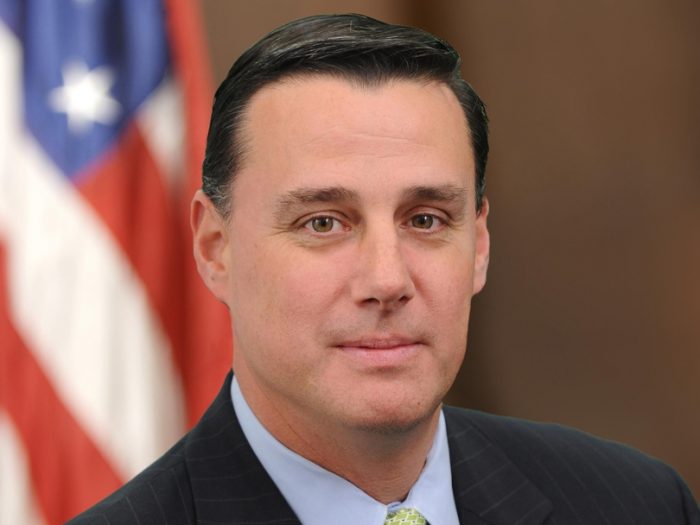


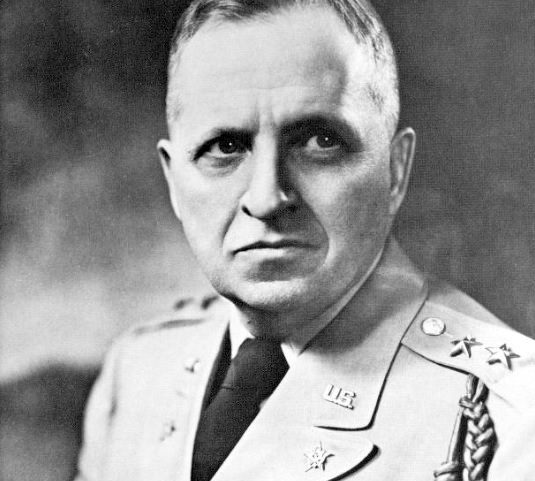
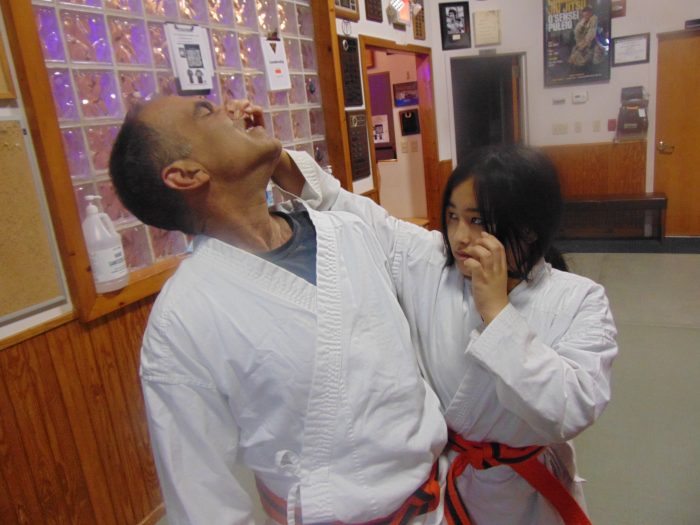
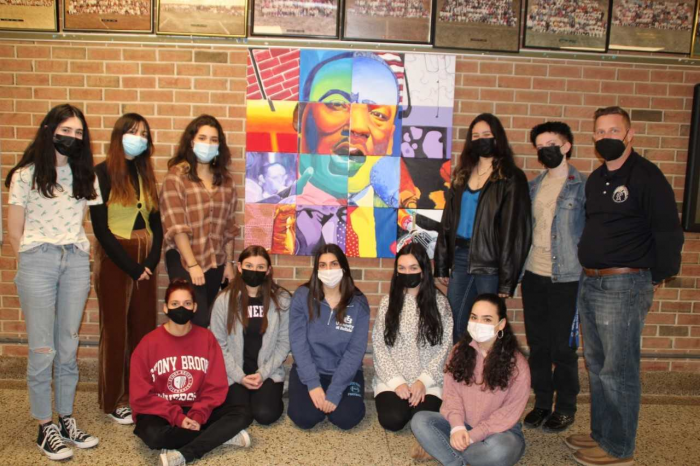
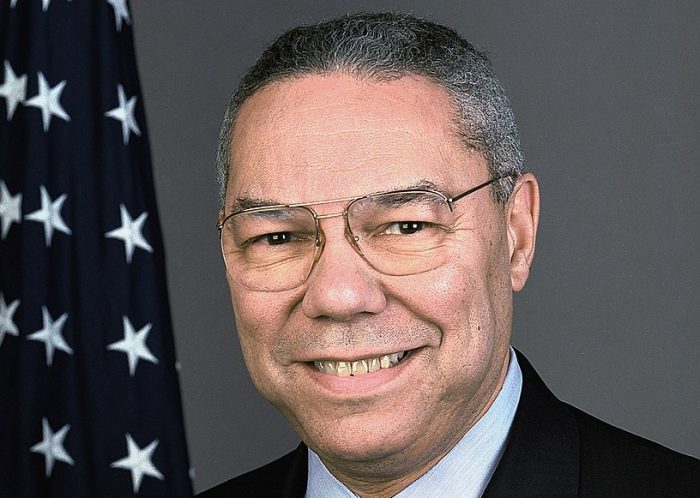




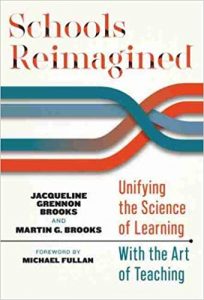 Two Three Village residents, educators at the top of their profession — Jacqueline Grennon Brooks, professor emerita of Teaching, Learning and Technology, Hofstra University, and her spouse Martin Brooks, executive director of Tri-State Consortium, an association of over 40 school districts in New York, New Jersey and Connecticut — agree that the key to whether or not learning takes place is not how information is delivered but if knowledge is constructed. Whether it is a teacher or a book or a computer that provides a formal lesson, the students must connect the lesson to what they already know or have experienced for true learning to occur.
Two Three Village residents, educators at the top of their profession — Jacqueline Grennon Brooks, professor emerita of Teaching, Learning and Technology, Hofstra University, and her spouse Martin Brooks, executive director of Tri-State Consortium, an association of over 40 school districts in New York, New Jersey and Connecticut — agree that the key to whether or not learning takes place is not how information is delivered but if knowledge is constructed. Whether it is a teacher or a book or a computer that provides a formal lesson, the students must connect the lesson to what they already know or have experienced for true learning to occur.


